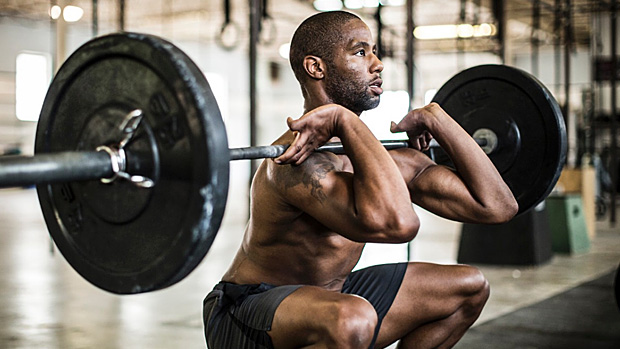Which is Better, Back Squat or Front Squat?
Which is Better, Back Squat or Front Squat?
Why Squatting is Important
The squat is a vital, natural, and functional component of your being. In the bottom position, the squat is nature’s intended sitting posture. Only in the industrialized world do we find the need for chairs, couches, benches, and stools. This comes at a loss of functionality that contributes immensely to decrepitude. “If you don’t use it, you lose it.” We see this far too often in today’s modern society. This non-usage of our bodies through all ranges of motion cause weak glutes and hamstrings which, in turn, causes improper squat form through poor engagement, weak control, or lack of awareness in the glutes and hamstrings.
Which is Better, Front Squat or Back Squat?
Most importantly, an athlete’s mobility should determine which lift is better suited to him or her. If you can safely perform one lift and not the other, the choice is apparent. The proper mobility at the shoulder, upper and lower back, hips, knees and ankles plays a huge part in the optimal squat type for an individual as they slightly differ from one another.
Front Squats require significantly more mobility than Back Squats. You need excellent thoracic spine mobility to keep your chest up, outstanding wrist flexibility and shoulder mobility to rack the bar, superb hip and groin mobility to squat low with your knees in line with your toes, and great range of motion (ROM) through the ankles to keep your lower back from rounding. One pro to front squats is the ability to protect the shoulders more by using the clean grip or cross arm grip. I would recommend the front squat to individuals that are trying to increase their olympic lifts, such as cleans and snatches, as the grip carries over to the receiving phase in these movements.
Back squats focus more on the hips, glutes, and lower back, which is great training for movements that require hip extension. Another favorable aspect of back squats is the ability to add more load (weight) to the movement, which in turn adds to more overall strength throughout the body, specifically in the core.
Win-Win Collaboration
Back squats and front squats differ in their positioning and targeted muscles; however, there are benefits to both variations. When used in conjunction with one another, these two exercises can reap huge benefits for the athlete and elevate performance. Unless you are an overhead athlete or have lower-body injury/mobility issues, front squats and back squats are imperative to your lifting program, especially if you are training your lower body twice a week.
By: Tandy Juell
Performance Coach

